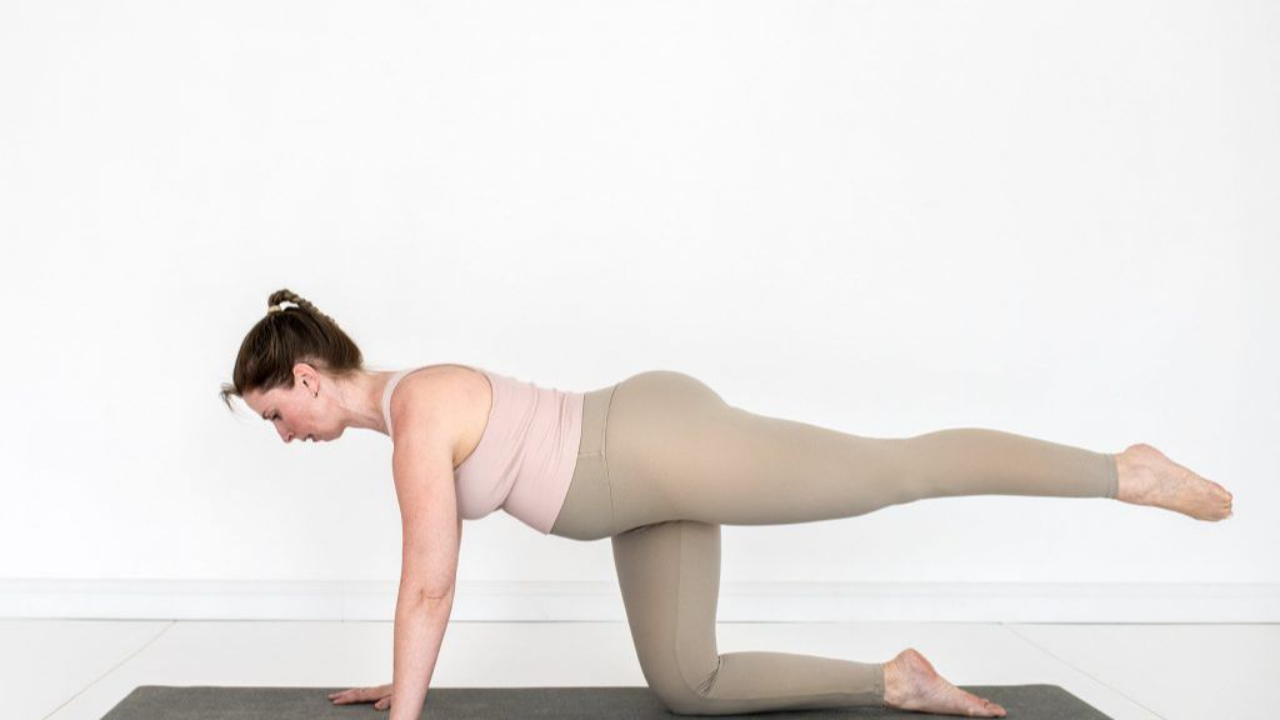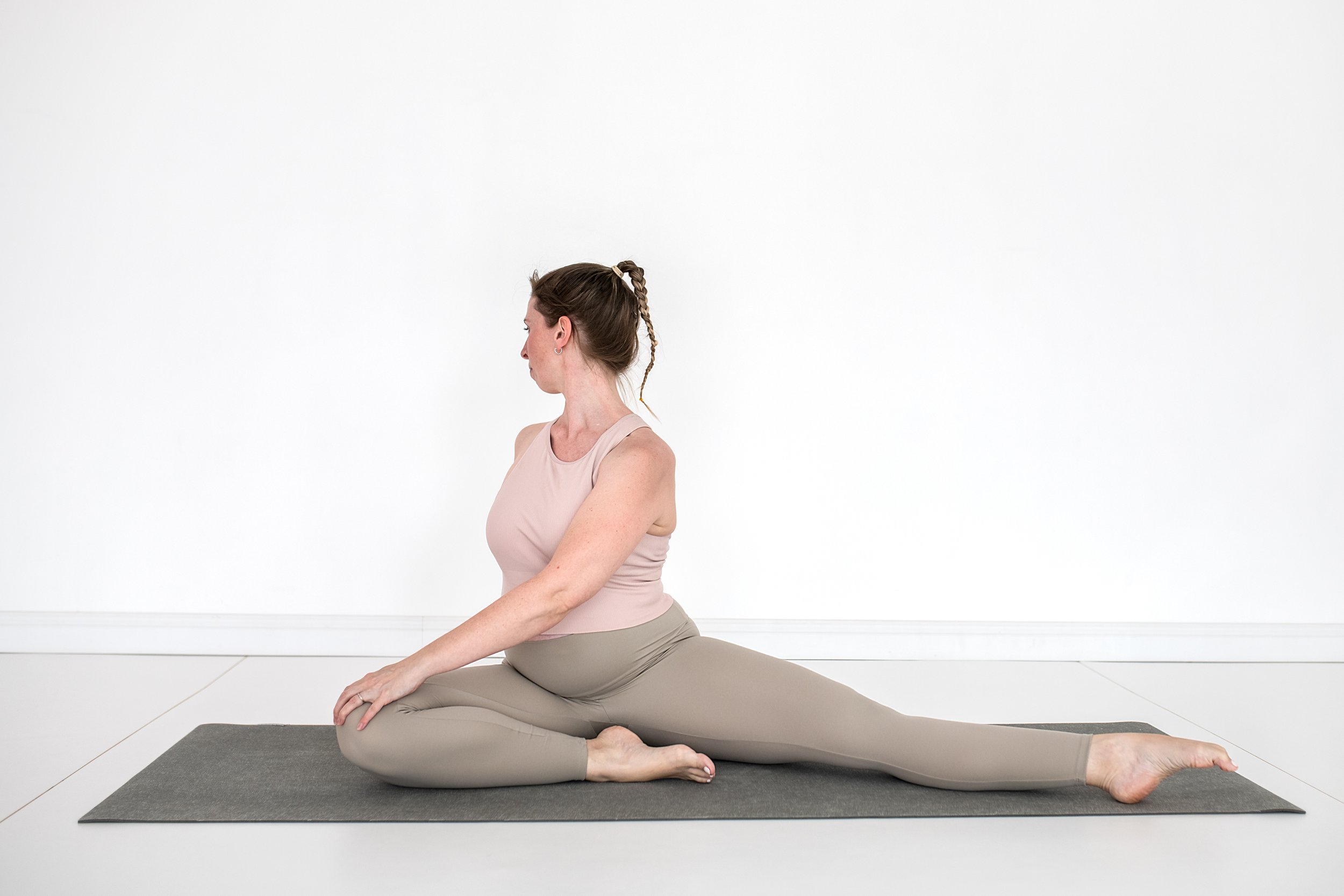Trimester By Trimester Guide To Prenatal Pilates
Jun 13, 2023
Exercising During Pregnancy Without Stressing Your Body Or Your Baby
Exercising during pregnancy can be confusing. Prenatal Pilates is excellent support throughout your pregnancy. However, like all exercises at this stage, we need to modify. There is a lot of conflicting information around as to what is safe and appropriate. Can you continue running? Keep the same exercise routine that you’ve always been doing? Start exercising now even if you haven’t been working out prior to pregnancy?
The answer to all these questions is it depends. It depends on many different factors which we will discuss in this article. However, it’s first crucial that you speak with your doctor prior to commencing any workout routine while pregnant. There are some rare (but serious) conditions that prevent some women from exercising during pregnancy. These include placenta previa, incompetent cervix, and pre-eclampsia.
How Will Prenatal Pilates Help During Pregnancy?
One of the (many) wonderful things about Pilates is that you can modify it very easily. You can continue strengthening your core, hips, and upper and lower body. All without placing undue stress on your body or your baby. It also:
-
Increases blood flow
-
Allows you to breathe more deeply
-
Increases endorphins (which leads to better sleep)
-
Prepares you for labour
-
Prepares you for postnatal recovery and the physical demands of life with a new-born
So what do we need to focus on in each trimester?
First Trimester

In your first trimester, you may not notice any physical changes yet, but your body is doing a LOT of work behind the scenes. By 12 weeks of pregnancy, your uterus has expanded 4-5 times its normal size. You’re starting to pump 20-30% more blood volume around your body. There are huge hormonal shifts happening. Including increased estrogen, progesterone, and hCG. HCG (Human chorionic gonadotropin) is often responsible for morning sickness, leaving you feeling nauseous. All of this can lead to exhaustion. Exercise may help to relieve morning sickness, but don’t push yourself if you need to rest. So, what do we need to focus on during this time?
Include:
-
You can continue with regular Pilates classes at this stage but start to ease off with abdominal work such as crunches and planks. Prenatal Pilates classes are great to start at this early stage.
-
Walking (in fresh air to relieve nausea)
-
Gentle cardio (swimming, stationary bike, elliptical training)
-
Restorative and Yin Yoga are helpful to balance hormones and relieve any anxiety you may be feeling about the pregnancy
Avoid:
-
Running, especially if you have a history of miscarriage. If you are an experienced runner, speak to your doctor about continuing if that’s important for you.
-
A lot of core work in Pilates. We want to start allowing the abdominal muscles to soften and expand to accommodate the baby (this avoids diastasis recti later on).
-
High-intensity interval training (HIIT) workouts. Early pregnancy is a time for easing your body into this time of enormous hormonal change. As we discussed earlier, you may not yet see physical changes, but your body is working overtime to support your baby.
-
Hot Yoga or exercising in extreme heat. A raised body temperature during pregnancy is a risk for your baby’s development.
Second Trimester

By your second trimester of pregnancy, you may be noticing some more obvious changes. Your belly is expanding, your breasts are growing. However, this stage comes with some additional challenges, too. Lower back pain, pelvic pain, shortness of breath. Your exercise routine needs to change to accommodate your changing body and growing baby.
Include:
-
Prenatal Pilates classes (and other targeted prenatal workouts)
-
Standing bodyweight exercises such as squats and lunges
-
Seated and kneeling upper bodywork and weights
-
All fours kneeling exercises
-
Side lying work
-
Deep breathing work
-
Core and pelvic floor activation and release
Avoid:
-
Laying on your back for more than 5 minutes at a time (laying on your back places pressure onto the inferior vena cava which is the blood vessel carrying blood and oxygen to your lower body, including your baby).
-
Too much inner thigh work (this can pull on the pelvic joints and cause pelvic pain)
-
Crunches and full planks
-
High-intensity workouts
Third Trimester

By the third trimester, exercise is becoming more limited as you manage shifting posture, a heavy belly, and some common aches and pains. Maintaining a gentle workout routine is so beneficial at this time, but take it easy. If you are experiencing pelvic or lower back pain, your doctor may recommend wearing a support belt for the remainder of your pregnancy.
Include:
-
Take your time to get in and out of exercises more slowly
-
Gentle walking, swimming
-
Seated arm exercise with light weights
-
Standing exercises – add support to hold onto if you’re worried about balance
-
All four kneeling exercises
-
Side-lying exercises
-
Deep breathing
-
Pelvic floor activation and release
Avoid:
-
Sudden or fast movements can strain the pelvis and lower back
-
Laying on your back for more than 5 minutes (this includes sleeping – ensure you sleep on your side in late pregnancy)
-
Challenging balance exercises
One last thing…
Prenatal Pilates is fantastic at any stage of your pregnancy as it is very easy to adapt to what you need. However, always listen to your body. It’s perfectly fine to have days of doing very little. Taking time to rest is beneficial for your nervous system, too.
Stay connected with news and updates!
Join our mailing list to receive the latest news and updates from our team.
Don't worry, your information will not be shared.
We hate SPAM. We will never sell your information, for any reason.

